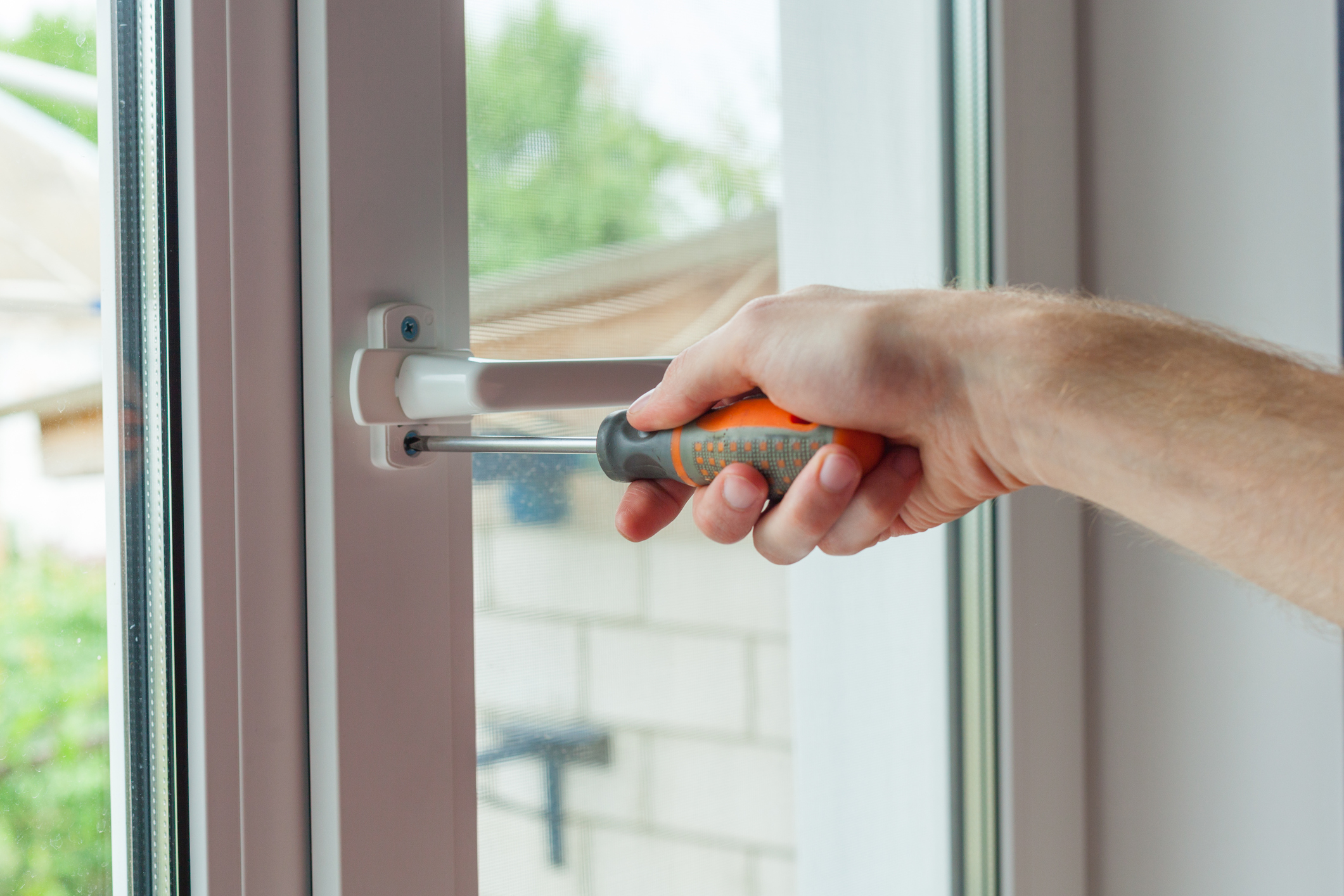You may well be familiar with the phrase: Don’t put off until tomorrow what you can do today.
But the temptation to put a chore on the backburner is strong, especially when your social life starts to get a bit busier, or you just want to spend the upcoming winter nights wrapped up warm on the couch. That’s ok when it’s just the pile of dirty dishes to tackle or a mound of washing, but when it comes to property maintenance, nipping issues in the bud is a no-brainer.
Leaving a problem unattended can allow it to worsen and become more expensive to fix, but some regular maintenance can also ensure problems never develop in the first place.
It’s also extremely beneficial to tackle these problems when you are considering selling your property as eagle-eyed viewers can be put off by the slightest defect. A well-maintained home will ensure its value is protected.
Of course, with anything, wear and tear can happen and small problems can arise at any time. If they do, sometimes a simple call to the landlord if you are renting or, if it’s your own home, a quick trip to your local DIY store can save the day.
Here are some of the most common jobs that can be done at home to avoid problems later.
Condensation
When it comes to dampness, condensation is the most easily and cheaply fixed. To fix your condensation problem you need to improve the ventilation in your home. You can of course consult a specialist if the problem is really bad. They may suggest installing more permanent solutions such as air bricks into outside walls, air vents through internal walls, roof ventilation or window vents. But there are also more simple solutions you could try. First, make sure you regularly clear your windows of water. Second, increase the ventilation in your home by opening windows, installing fans and investing in a dehumidifier.
Sudden rises and drops in air temperature can make the problem worse, as water evaporates and condenses each time your central heating switches on and off. Try having your heating on a constant low throughout the day rather than having it frequently swing between hot and cold.
Open windows regularly, especially when cooking and doing washings and try to dry clothes outside rather than indoors.
Cold spots on your walls or ceilings are likely to be the main cause of your condensation, so it’s worth making sure that you have the right insulation throughout your home.
If you’re renting, make sure you report any condensation or damp issues to your landlord, especially in the lead up to winter as these problems will only worsen when the temperature starts to dip.
Damp
When it comes to damp problems, these can become a huge problem for your home if not dealt with sooner rather than later. If you have just bought, or looking to buy the property, any damp issues should be highlighted on the home report, but you can also request additional surveys to be carried out just in case you suspect any hidden damp issues.
To spot signs of damp, look out for wet or damp patches on your walls, peeling wallpaper, flaking plaster or even damp smells around the house.
You can tackle small damp problems similarly to how you tackle condensation by reducing the amount of moisture in your home and increasing the ventilation.
Other things you can check are your gutters for any water seeping through cracks in the walls or missing or slipped roof tiles. Bricks can become porous over time so if your house is older, they may be letting in more water than expected. You can either opt to get them replaced altogether or you could try damp-proof external paint to see if this helps in the first instance. You can also try damp-proof paint for indoors too.
Windows and doors
Maintaining your windows and doors won’t just help them look their best but will also help them last longer. Ensure all moving parts, such as hinges, are oiled to keep them free-moving and safe from rust. Timber frames can develop cracks and flaking paint over time so giving them some TLC will help them look great and avoid any moisture seeping through and developing drafts or damp.
Small cracks
Hairline cracks on a wall aren’t usually sinister, sometimes in a new build they form as the building takes a few years to “settle” and a little plaster and paint will do the trick. Occasionally, cracks can mean subsidence – this is a much more serious issue and best looked at by a pro. If you do spot any cracks in your walls, it’s worth keeping a note of the size of them and record any major changes over time. Take pictures of them and check every month or so to see if there have been any big changes.
Pipes and water tank
Proper insulation is a job that only needs to be done once but could save you thousands. Pipes that aren’t insulated can freeze and burst, causing massive damage. As a cheeky wee bonus, insulating your pipes and tank can save you around £150 a year on energy bills. If you’re renting, make sure you check with your landlord that the property has been properly insulated.
Paint
Finally, although not essential, there’s nothing like a lick of paint to make your home look and feel loved. It’s recommended you paint at least every five years, although every two years is best and will keep your home looking as fresh as the day you first moved in.
Looking for a big change in property? Whether you’re looking to buy or rent, you’ll find thousands of great Scottish properties at s1homes.com



















